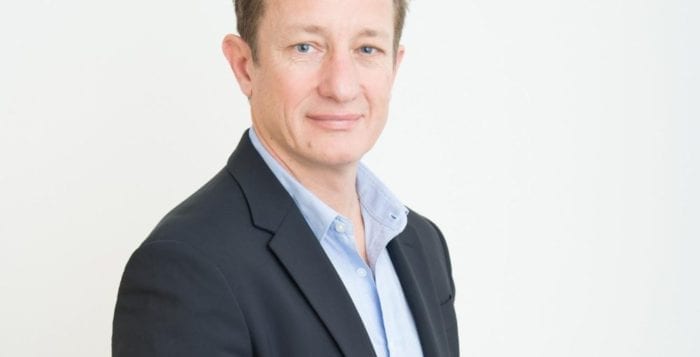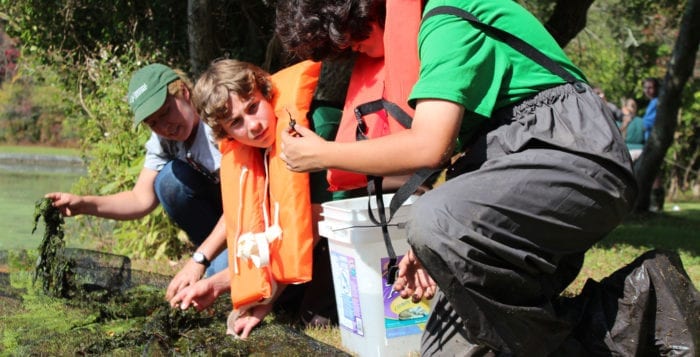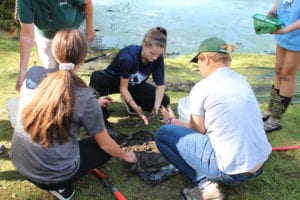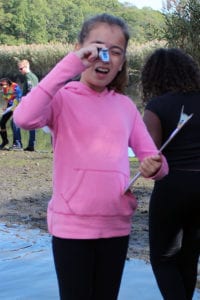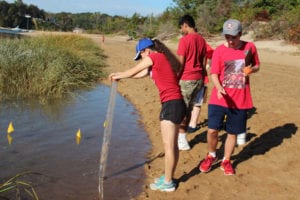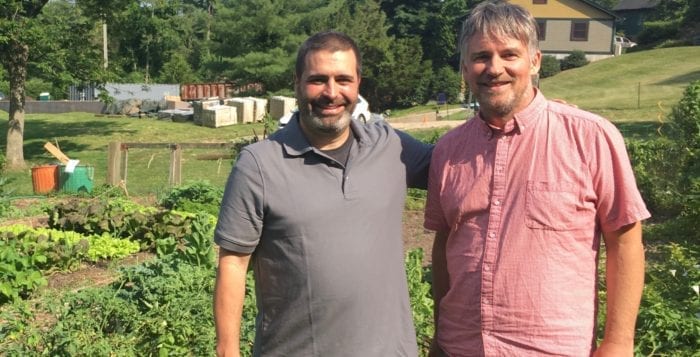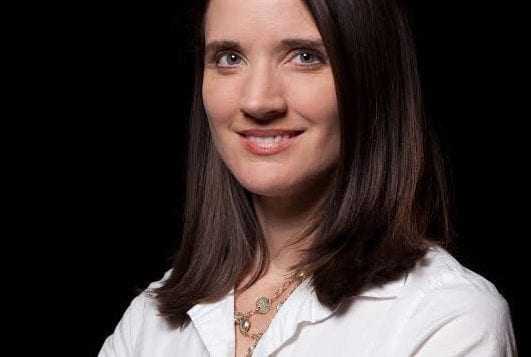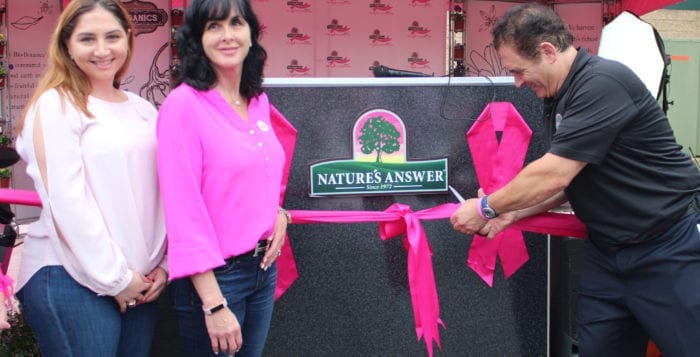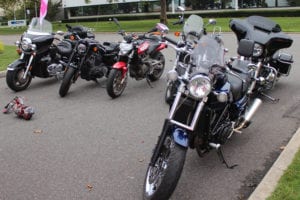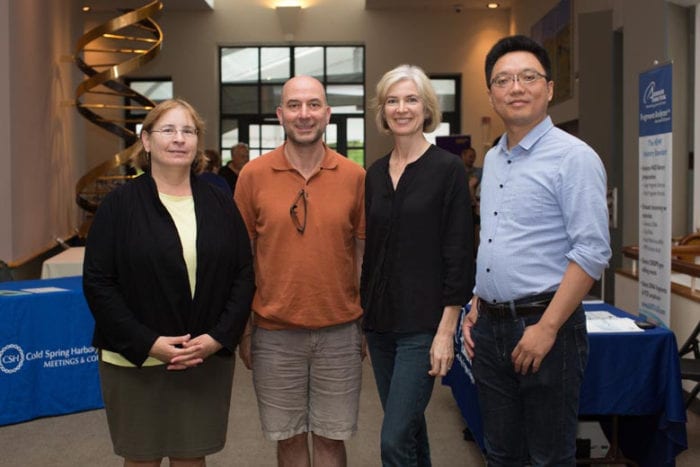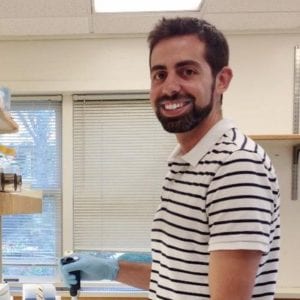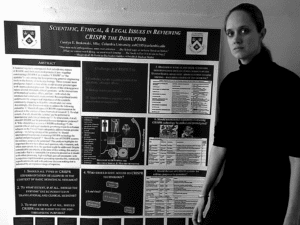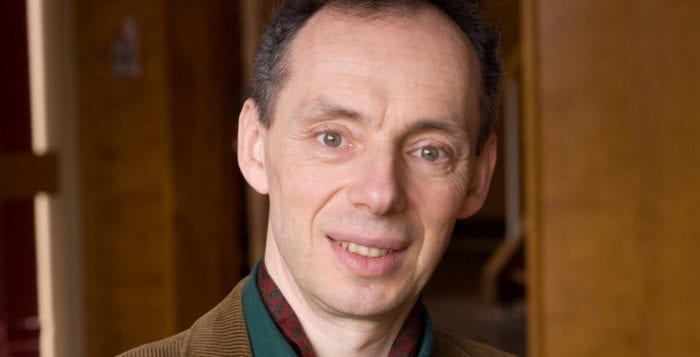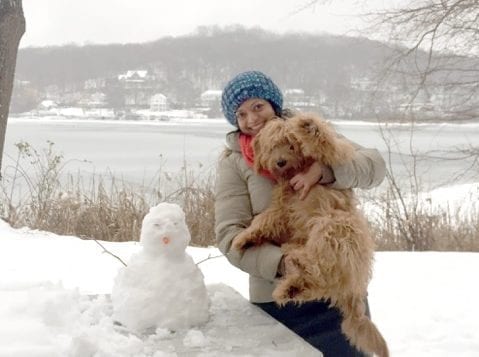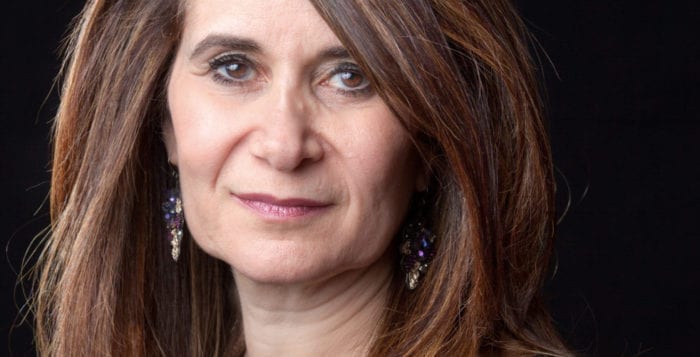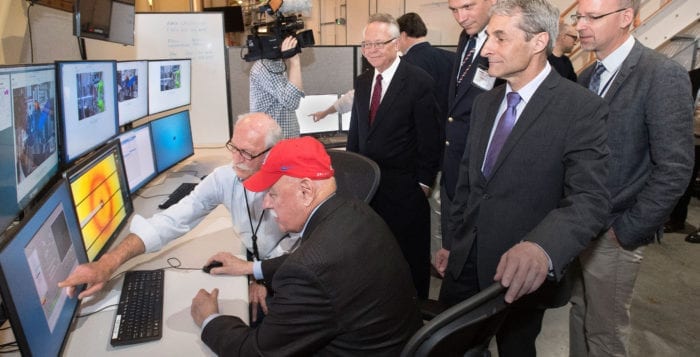By Daniel Dunaief
Male mice, as it turns out, might also be from Mars, while female mice might be from Venus. Looking at specific cells in the brain of rodents, Cold Spring Harbor Laboratory Associate Professor Pavel Osten has found some noteworthy differences in their brain cells.
In the scientific journal Cell, Osten presented data that showed that in 10 out of 11 subcortical regions of the mouse brain, female mice showed greater flexibility and even more cells. These regions of the brain are responsible for reproduction, and social and parenting behaviors. “There were more cells [in these regions] in the female brain, even though the brains tended to be bigger in the males,” Osten said.
These results are part of a multiyear collaboration called the National Institutes of Health’s Brain Initiative Cell Census Network.
In the recent Cell article, Osten indicated that his analysis offered a surprising result in the number of cells of specific types in various regions of the cortex. “Those areas that have higher cognitive functions have different compositions,” he said. The ratios of cell types “vary according to the level of cognitive function.” In retrospect, Osten indicated that he saw the logic in such a cellular organization. “It makes sense that different cortical areas would have different cell type composition tuned to the specific cortical functions,” he explained.
In an email, Hongkui Zeng, the executive director of structured science at the Allen Institute for Brain Science, in Seattle, Washington, suggested that “people never looked at this issue carefully before. She added that the “sexual dimorphism was somewhat expected, but it is still interesting to see the real data.”
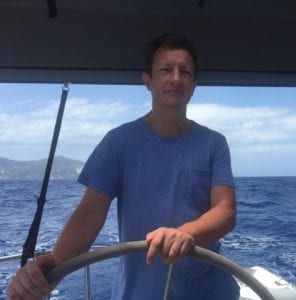
Osten used a system called qBrain to see and count inhibitory neurons in the mouse brain. Over the next five years, he and his collaborators will build an online resource database for other researchers that will have distribution maps for numerous cell types throughout the mouse brain.
Osten estimates that there could be hundreds or even a thousand cell types within the brain that are largely uncharacterized in their specialized functions. A cell type is defined by its function in terms of its morphology, including dendritic and axonal branches. These cells are also defined by their physiology, which includes spiking properties, and connectivity, which indicates which cell is talking to other cells.
The anatomy and physiology of the cells will validate these transcriptome single-cell RNAseq studies, which probe for the variability between cells based on their gene expression, which includes differences due to day-to-day variability and differences from distinct cell types.
By analyzing the location and modulatory functions of these cell types, Osten would like to determine ways human brains differ from other animal brains. “In the human, we can mainly analyze the location and distribution which includes the ratios of specific cell types and our hypothesis is that fine-tuning the ratios of neuronal cell types may be a powerful evolutionary mechanism for building more efficient circuits and possibly even for distinguishing between human and other animals,” Osten explained in an email.
Humans, he continued, don’t have the largest brains or the most neurons. At one point, spindle neurons were considered unique to humans, but other researchers have shown that great apes, elephants and cetaceans, which is a group that includes whales and dolphins, also have them.
Osten’s hypothesis is that one of the differences is that the ratios of cells of different types built a computational circuit that’s more powerful than the ones in other species.
When he studies mouse brains, Osten collects information across the entire brain. With humans, he explores one cubic centimeter. The human work is just starting in his lab and represents a collaboration with Zsófia Maglóczky from the Hungarian Academy of Sciences at the Institute of Experimental Medicine in Budapest.
Each mouse brain dataset is between 200 gigabytes and 10 terabytes, depending on the resolution Osten uses to image the brain. He can process 10 terabytes of data in about a week.
Osten uses machine learning algorithms that develop with guidance from human experts. This comes from a long-standing collaboration with Sebastian Seung, a professor of computer science at Princeton University.
He suggested that the research has a translational element as well, offering a way to study cellular and wiring elements characteristic of diseases. “We are looking at several of the models that are well established for autism.” He is also planning to write grants to find funds that supports the analysis of brains from people with schizophrenia and Alzheimer’s disease.
The analysis is a promising avenue of research, other scientists said. “It will be extremely interesting to compare the ratio of different cell types in various diseased brains with normal healthy brains, to see if the diseases may preferentially affect certain cell types and why and how,” Zeng explained in an email. “This could be very helpful for us to devise therapeutic means” to treat diseases.
Zeng has known Osten for about seven years. Last year, she began a collaboration using qBrain to quantify cell types.
A current resident of Williamsburg, where his reverse commute is now about 40 minutes, Osten works with a company he and Seung started called Certerra, which provides a rapid analysis of brain activity at different times. The company, located in Farmingdale, has a growing customer base and has a staff of about five people.
As for the recent work, researchers suggested it would help continue to unlock mysteries of the brain. This research is “a basic but important step toward understanding how the brain works,” Zeng added. “This paper provides a new and efficient approach that will be powerful when combined with genetic tools that can label different cell types.”

